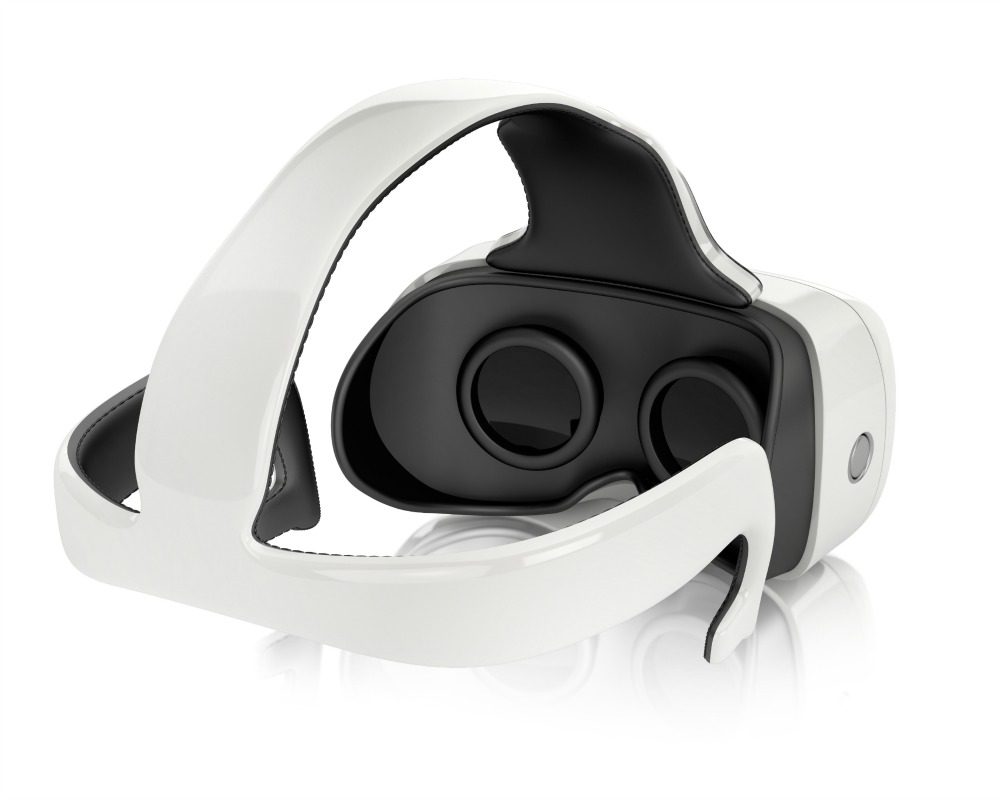Let’s face it, not much can hold a candle to a dynamic speaker or great workshop facilitator. Organizations have tried CD-ROMs, video, communities of practice, interactive websites and webinars, but all fall short in both engaging learners and creating meaningful learning experiences. But virtual reality, or VR, is coming, and it not only offers more robust and engaging professional development experiences but also can deliver learning that isn’t possible without direct access to expensive hardware, harsh weather or actual enemy combatants.
At its core, virtual reality tricks the brain into believing it is experiencing something very real. That virtually real situation comes from fast processors and graphics chips that display two images through wide-angle optics, producing stereo vision and immersion. The images are typically rendered in 360-degrees, which means wherever the head moves, there is something to look at. Computers serve up the visuals so fast brains find it hard to distinguish VR from the real world. Add in sound, and VR delivers compelling environments that facilitate learning in a natural and intuitive way. The malleability of software allows developers to create rare and dangerous situations, circumstances that would prove too expensive to stage.
Learning by doing is the most effective means of knowledge transfer. But for pilots operating multimillion-dollar aircraft, flight time is often at a premium. So air forces around the world turn to simulation. But for most organizations, building full simulators isn’t going to be cost effective. However, equipment, products and even our bodies are available in 3-D models; it will be increasingly easy to create VR experiences.
Imagine you are a surgical resident. Throughout your entire residency, you might see 50 transurethral resections of the prostate, or TURPs. “Most of them are normal,” said University of Washington’s Tom Furness. “You rarely, if ever, experience an unusual case.” With VR, a resident can practice 50 procedures a day, with all known variations presented, helping to train for unusual circumstances.
STRIVR Labs is applying the same philosophy to football, creating VR training set-ups that help quarterbacks run through defensive plays at scale — no film or play books, just video of real players rushing their blind side — all in an effort to help the quarterbacks read defenses more accurately, better avoid the rush and more quickly react to defensive shifts to improve personal and team performance.
Mastering Interpersonal Communications
Sometimes current software gets in the way of effective communication at a fundamental level. Bob Berry, CEO of Envelop VR, said that in engineering and design, for instance, teams are trying to understand how two parts fit together. “People try to analyze data in a non-intuitive way, as parameters or attributes, or even a 3-D model on a 2-D screen. In VR, they can share the data in a 3-D space, at the correct scale — and talk about the representation of the data how it would exist in the real world. Human brains are wired to understand the model in the way VR presents it. That removes levels of abstraction and helps people communicate directly about the same thing.”
But good communication still takes practice. VR games like Keep Talking and Nobody Explodes offer real situations to teach people to communicate with precision even under pressure. The game focuses on defusing a bomb. The person in VR can see the bomb, and they have the tools to defuse it. They don’t know anything about the bomb. The other player has a defusing manual, but can’t see the bomb. They need to work together or everybody goes boom. That beats a 30-minute video lecture on good communications skills.
Engagement and Context
According to a 2016 Gallup Poll, less than 3 in 10 employees are engaged at work. Poor engagement derives from many factors: disconnects between management and front-line employees’ perceptions of performance, poor managers and mismatches between talent and role. Another factor is context. People don’t know how their work relates to the entire organization, what’s expected of them and how they connect to the organization’s mission and purpose.
To start new work relationships off right, VR could provide new hires with virtual experiences that help secure their relationship to work and organizational outcomes. Forget connect the dots animation; give people tours of research and development, mines where raw materials are sourced and factories where components are assembled. Let them see delivery and deployment of solutions to customers, putting them to work solving problems. Let them wander, ask questions and return as often as they like. VR will help individuals better understand not just the contribution of their role and their work, but also the relationship between them and the organization’s success.
Learning Reimagined
VR has the potential to change much of how we deliver learning and development. Success will depend on customers being willing to experiment, and developers’ ability to apply lessons to ever more immersive experiences.
These are early days for VR. Berry said in the future, virtual reality will create more opportunities for people to learn together in a shared experience. “VR eliminates learning that was forced on people by less capable technology, such as how to communicate about 3-D data at a distance, and brings it back to a more natural, intuitive activity that just works.”
It is perhaps in crafting computer-based experiences that require less training that VR will make its most revolutionary work impact.
Daniel W. Rasmus is founder and principal analyst at Serious Insights. Comment below or email editor@CLOmedia.com.















